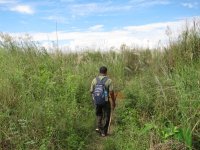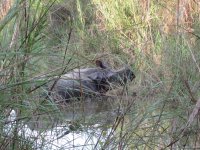RobMorane
Well-known member
Of course, the risk is lower than taking driving your car too if we follow that type of logic.No offence, but this is baseless fear-mongering. The risk to local villagers who live in the terai adjacent to national parks like Chitwan and Bardia and routinely cut elephant grass bears no resemblance to risks to trekkers in the Himalayas. The risk of fatality from driving in Nepal, from AMS and even from getting knocked off the trail by a mule is orders if magnitude higher than the risk of being attacked by a predator in the mountains.
But I refuse to consider "Baseless Fear-mongering" when ACAP, local wildlife guides and biologists are warning people not to go in the forests at those times, even on trek itineraries.
They are living there, and know better than us.
Leopards are found on many classical trek itineraries, and that's not baseless fear-mongering, but just facts.
I just wanted to let people know about that particular risk at sunrise and sunset,
because it's easy to transfer an habit from one country to another without knowing the risks involved.











